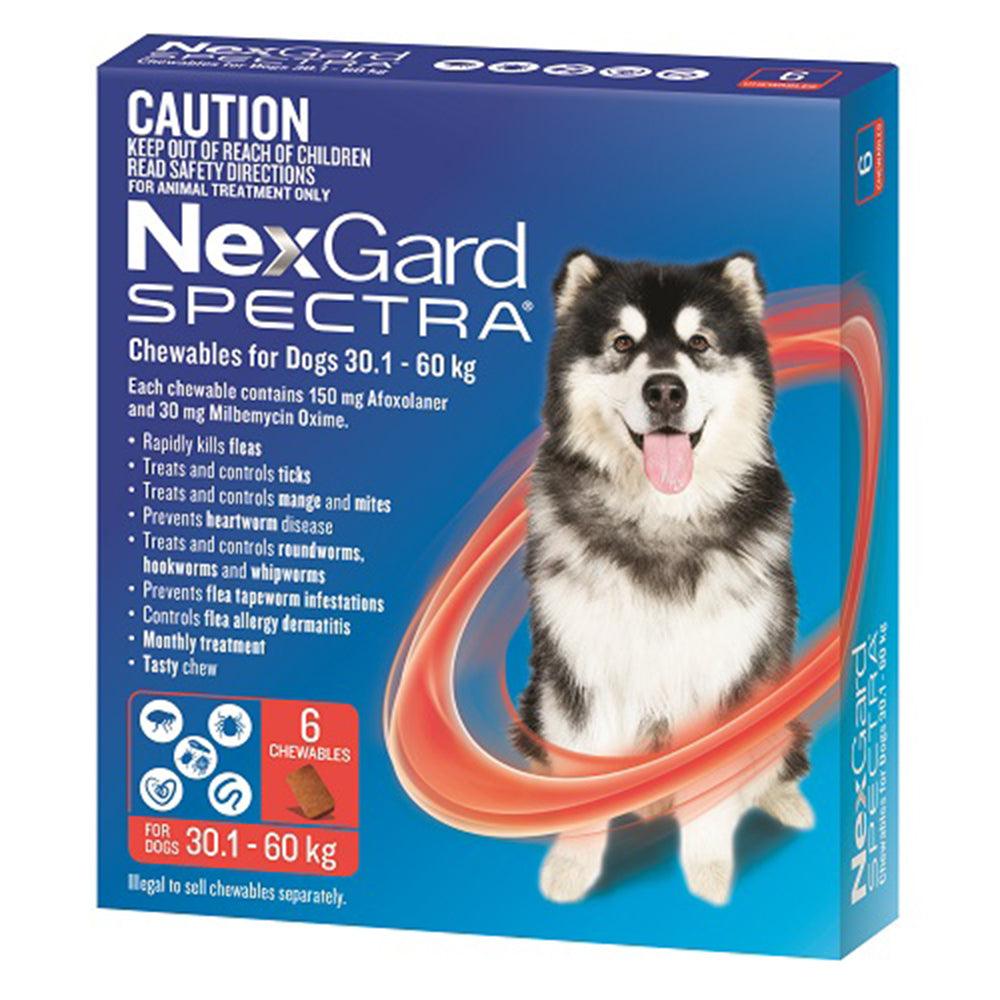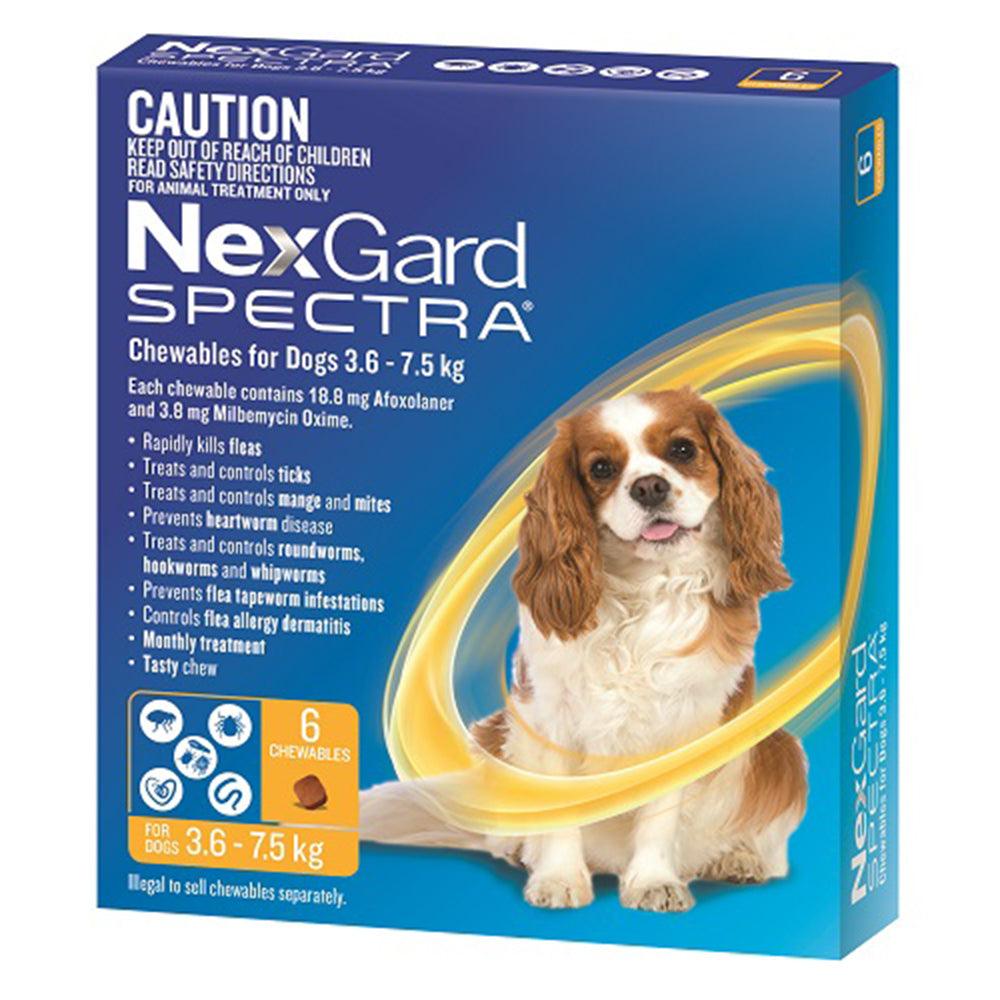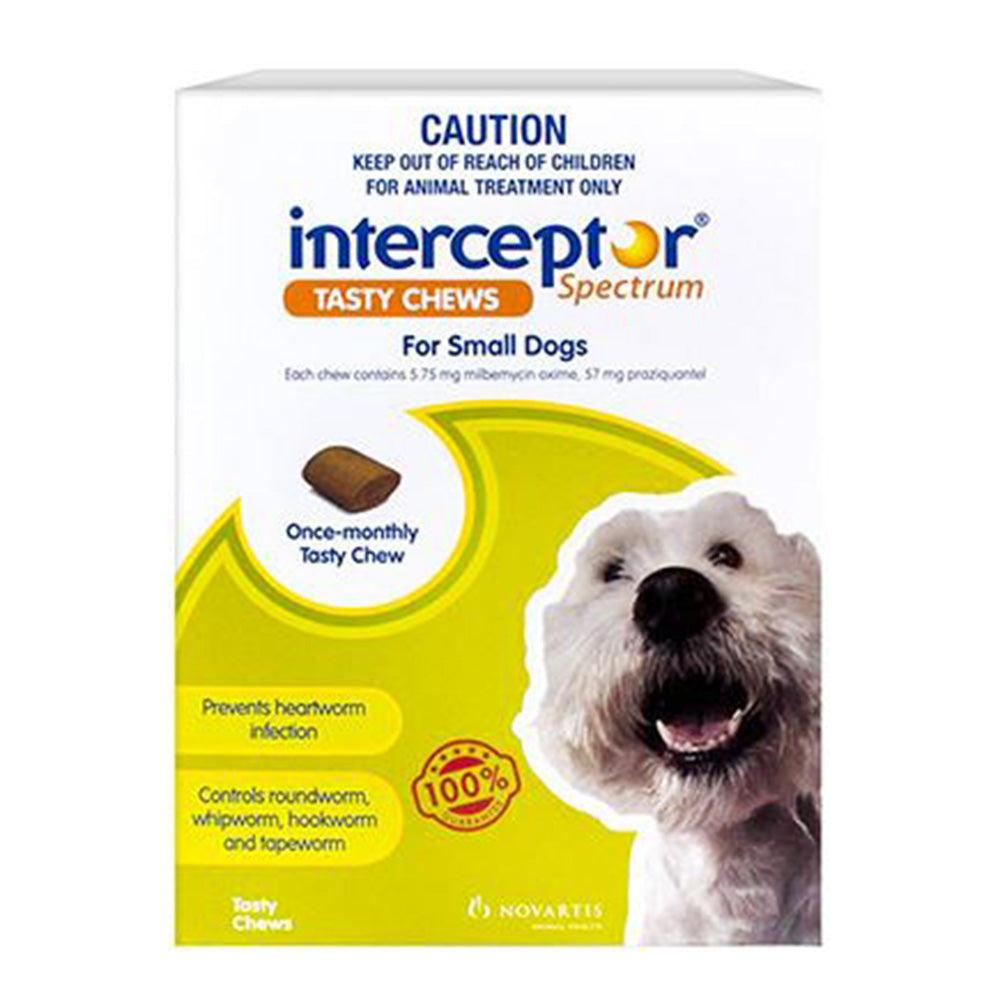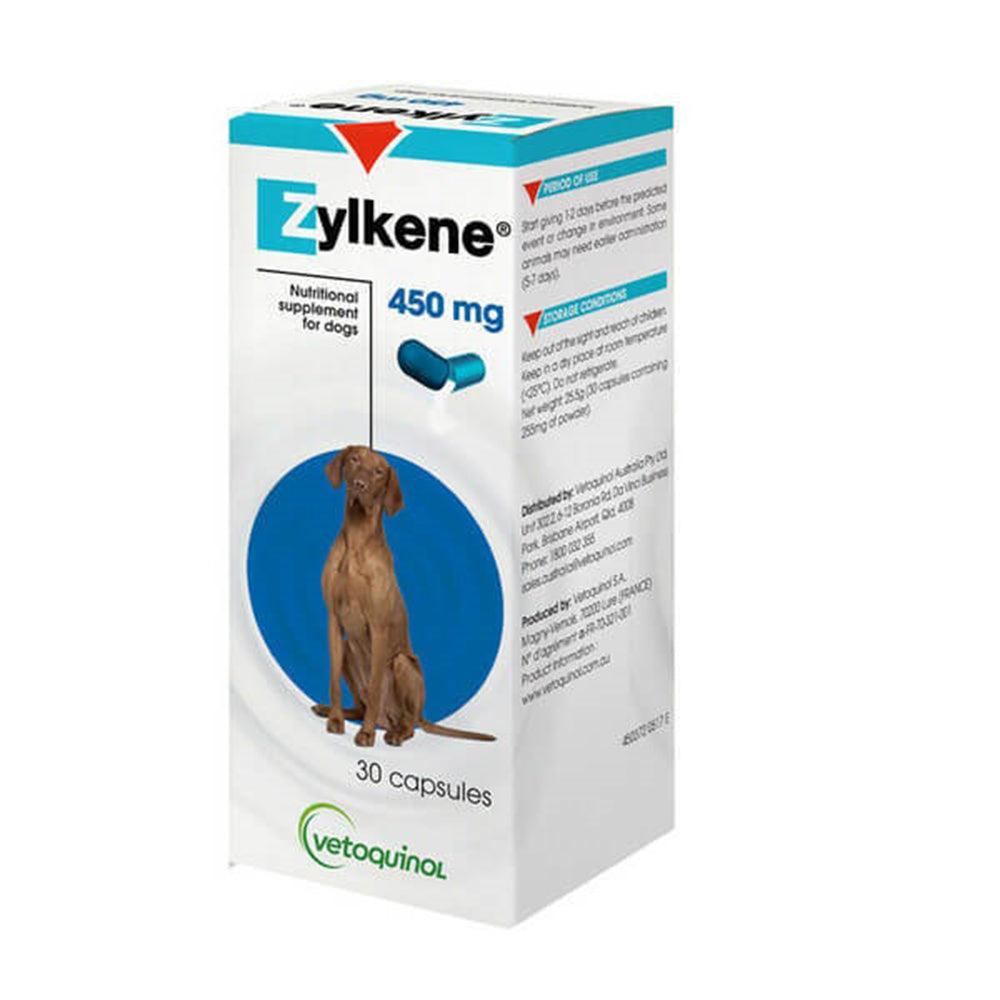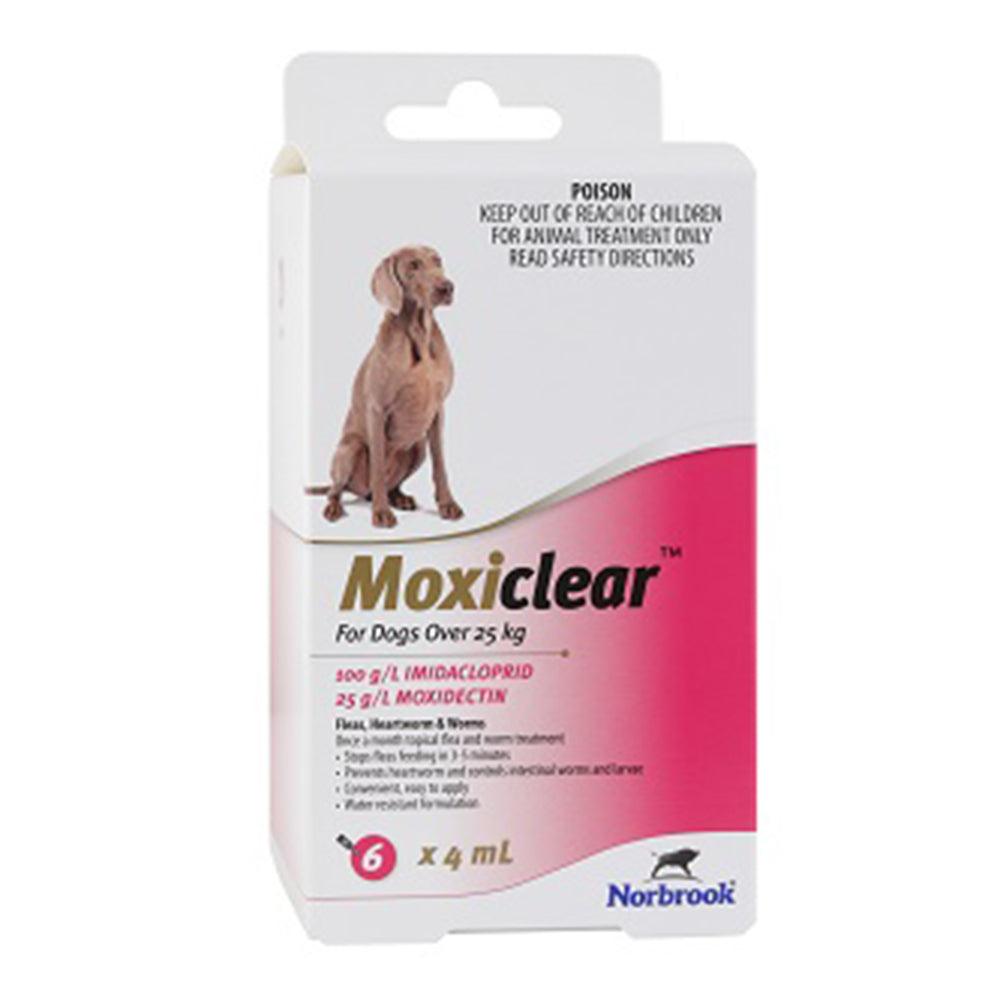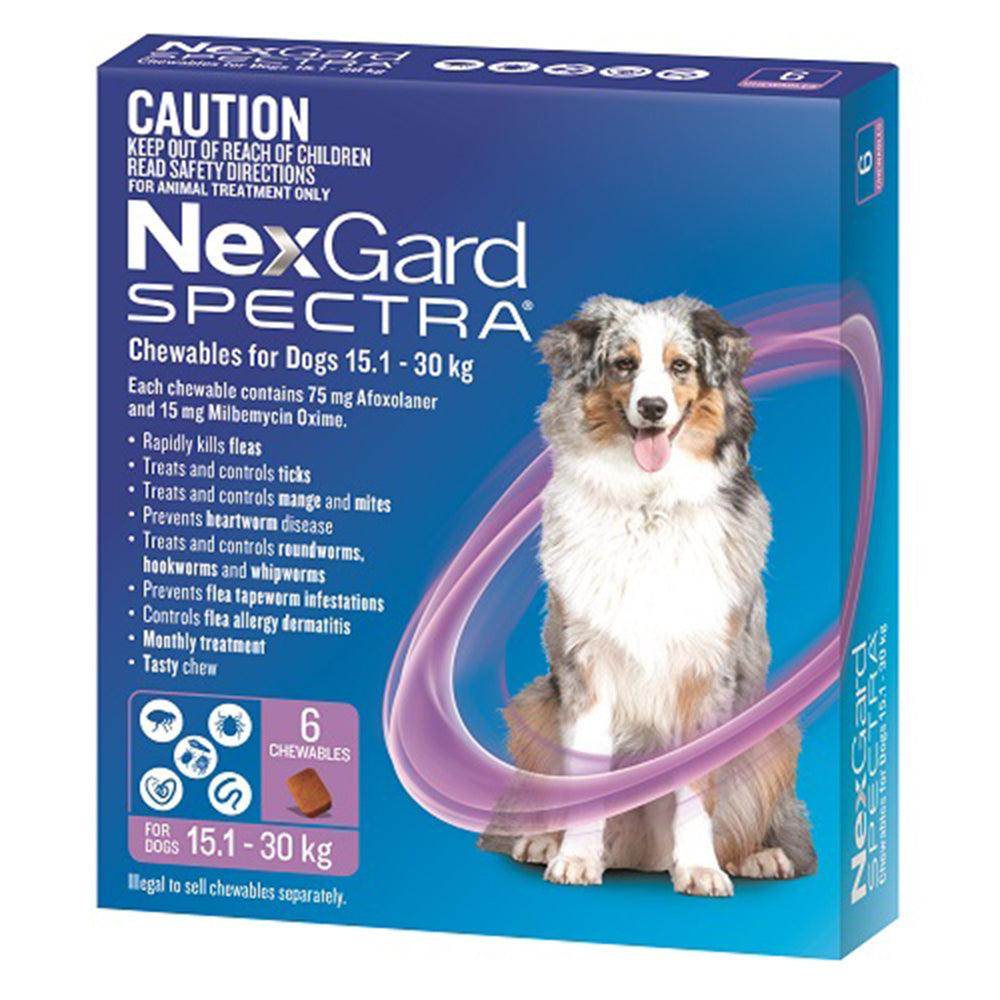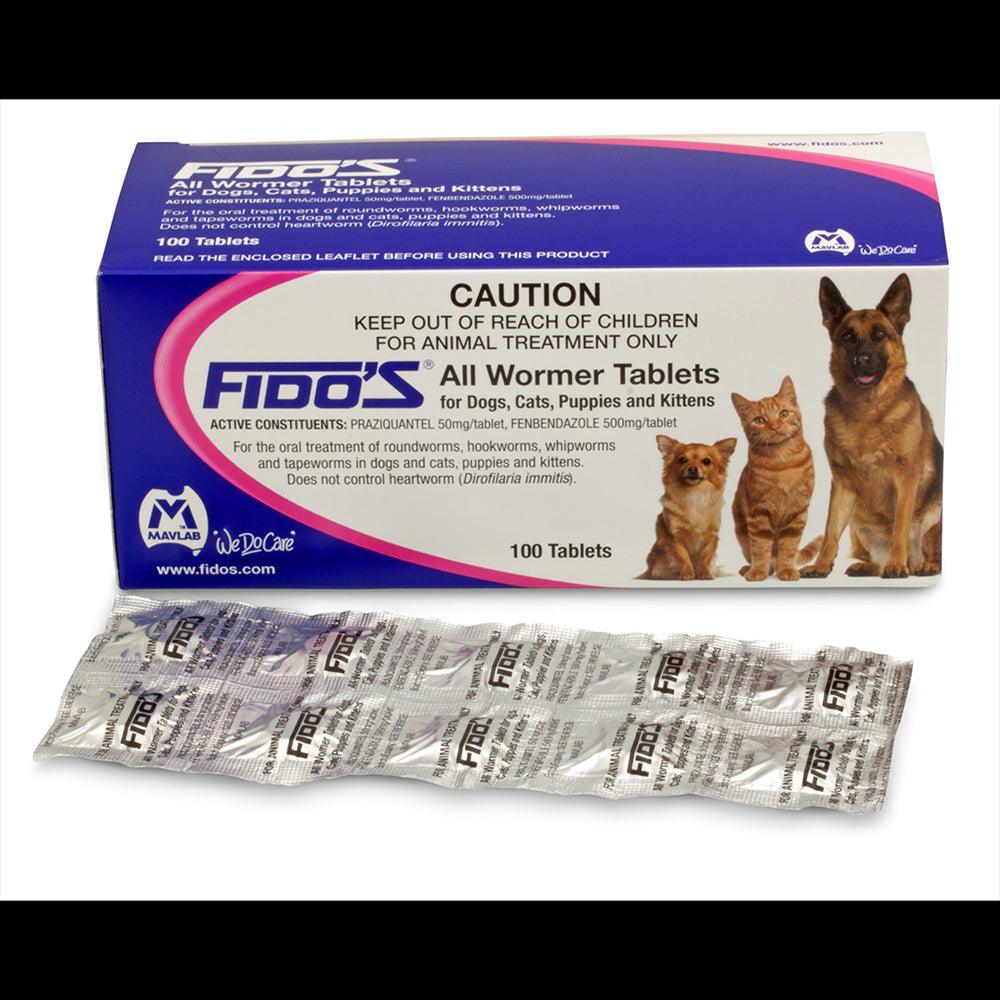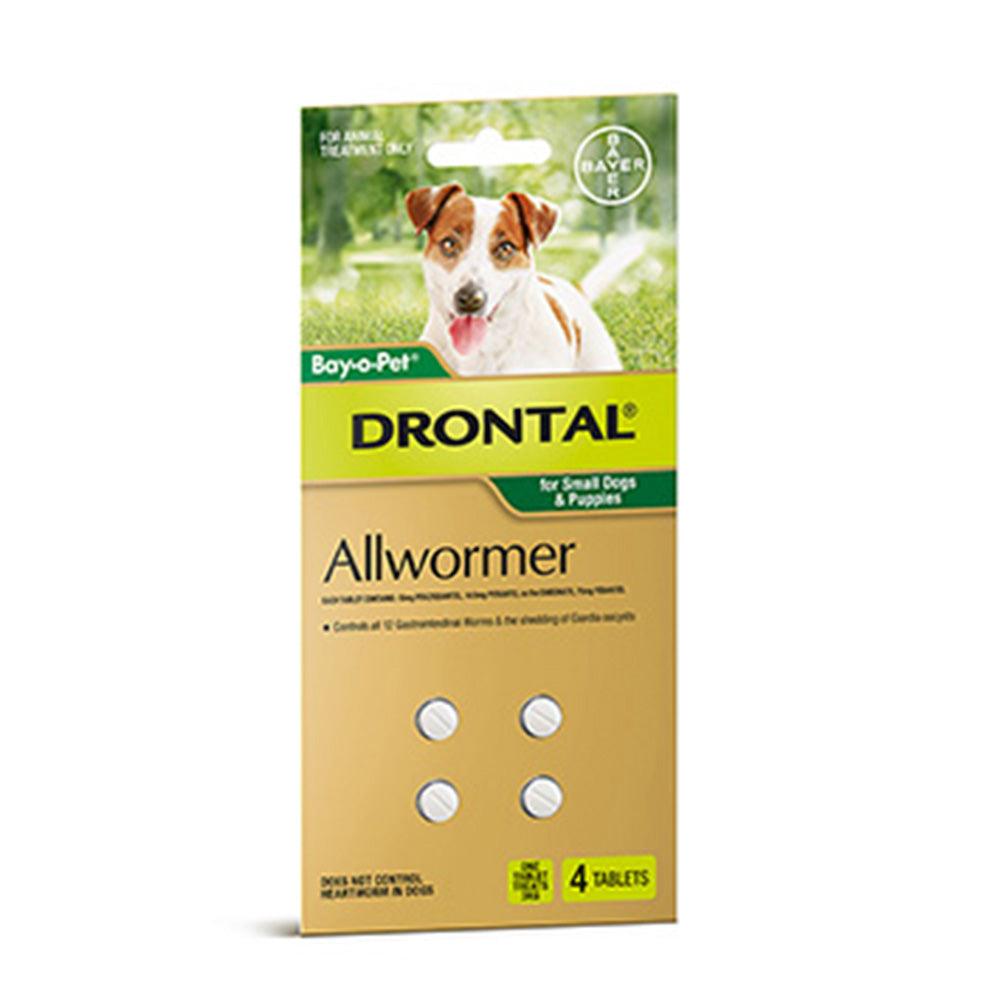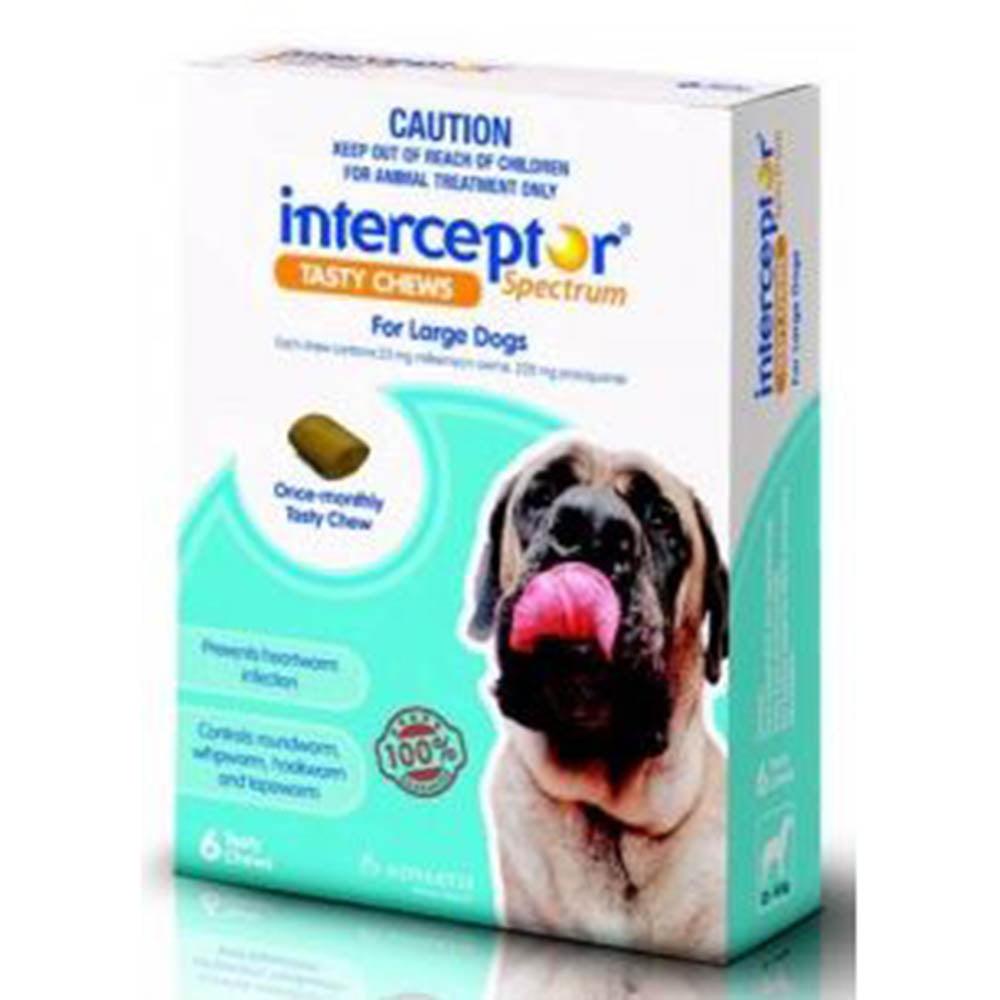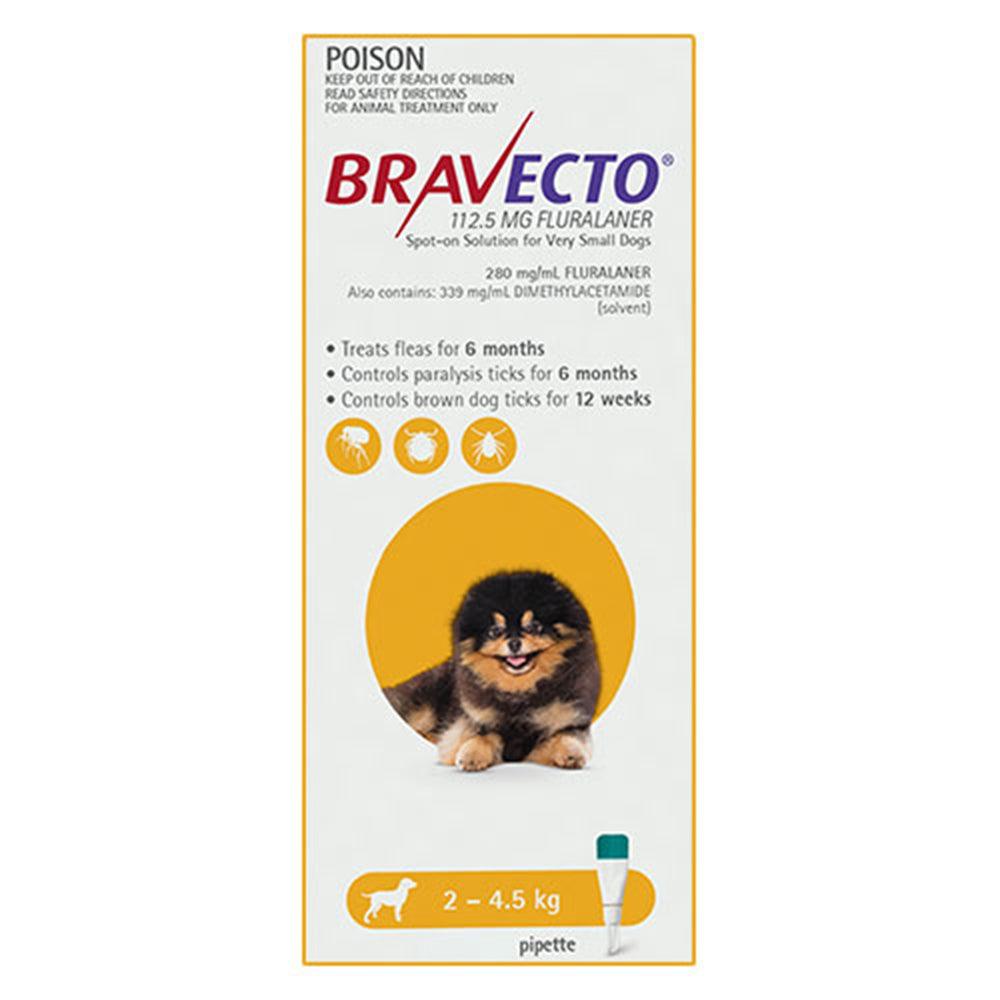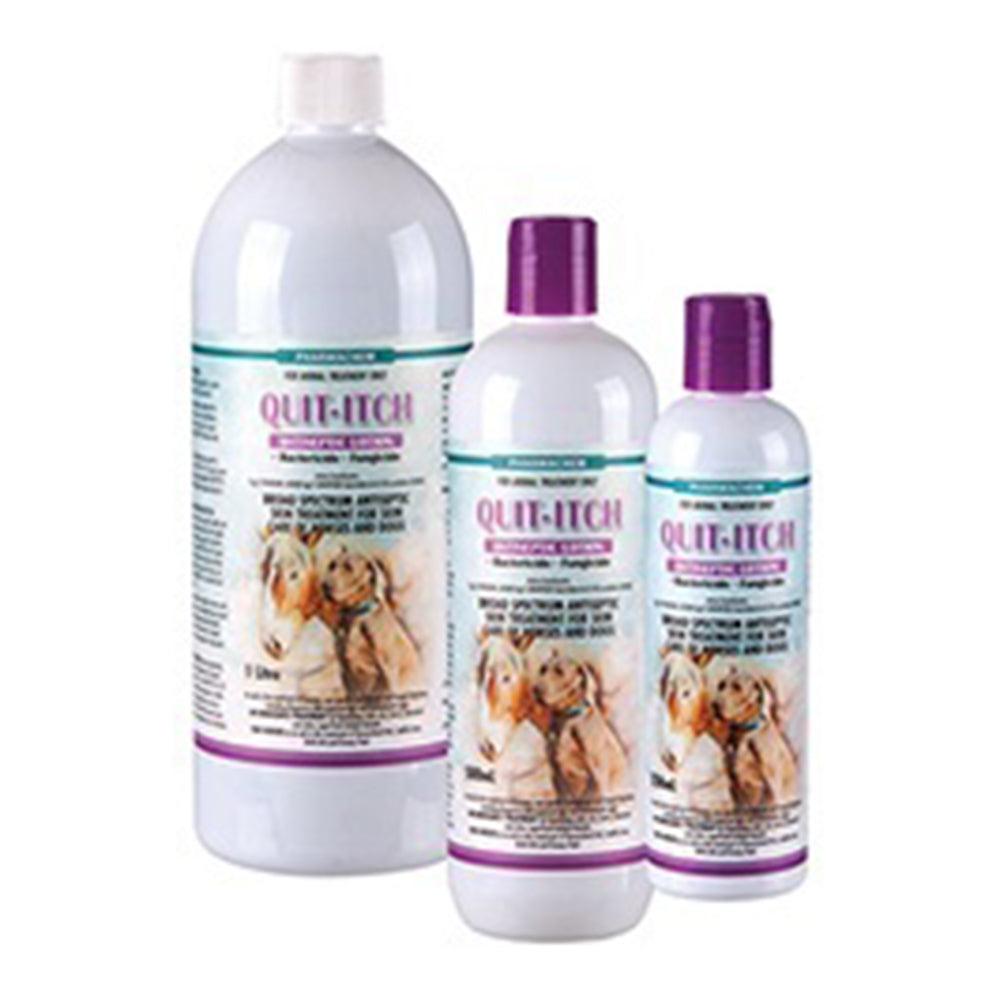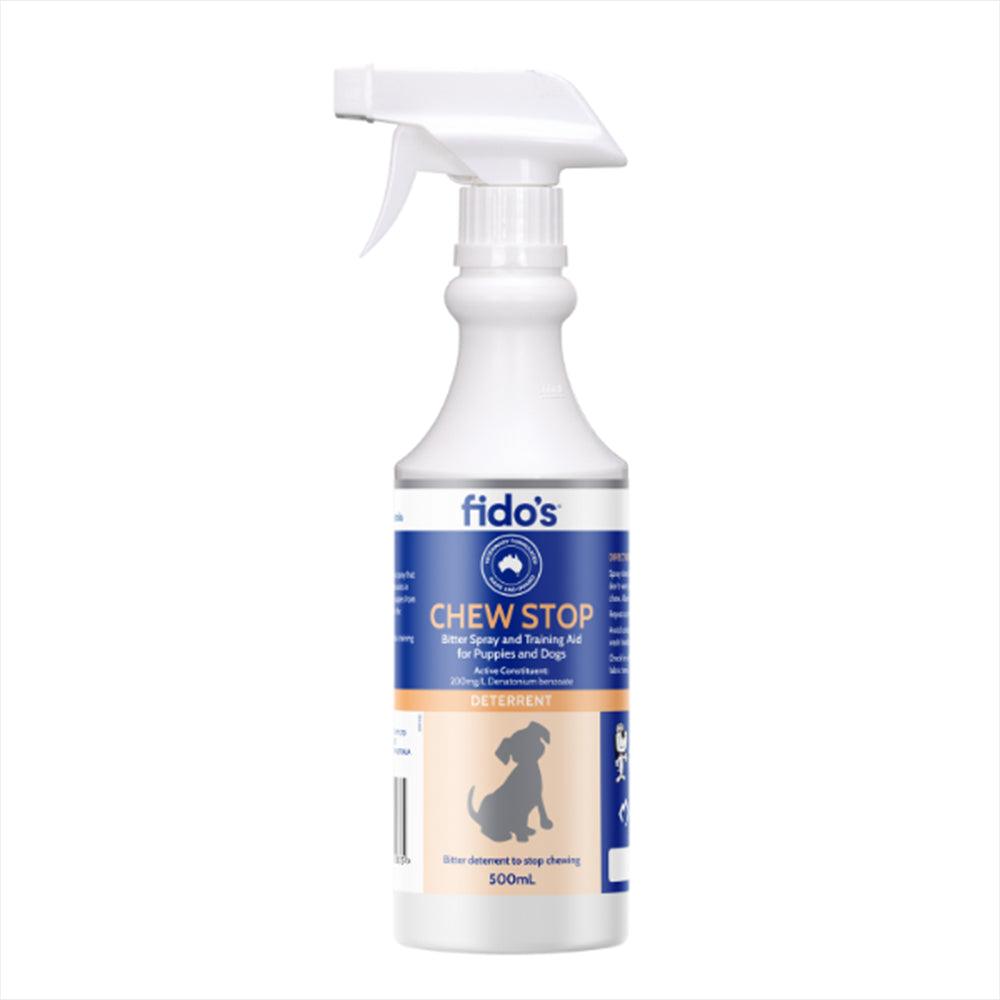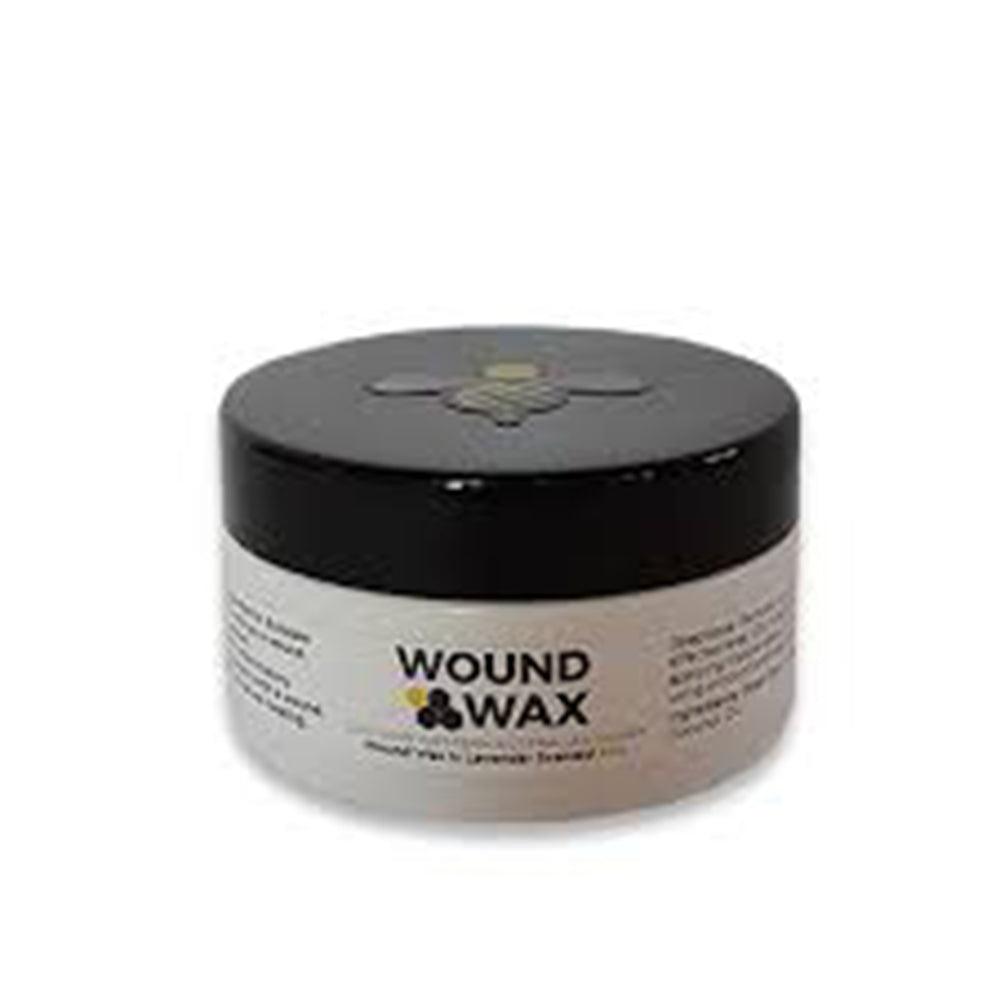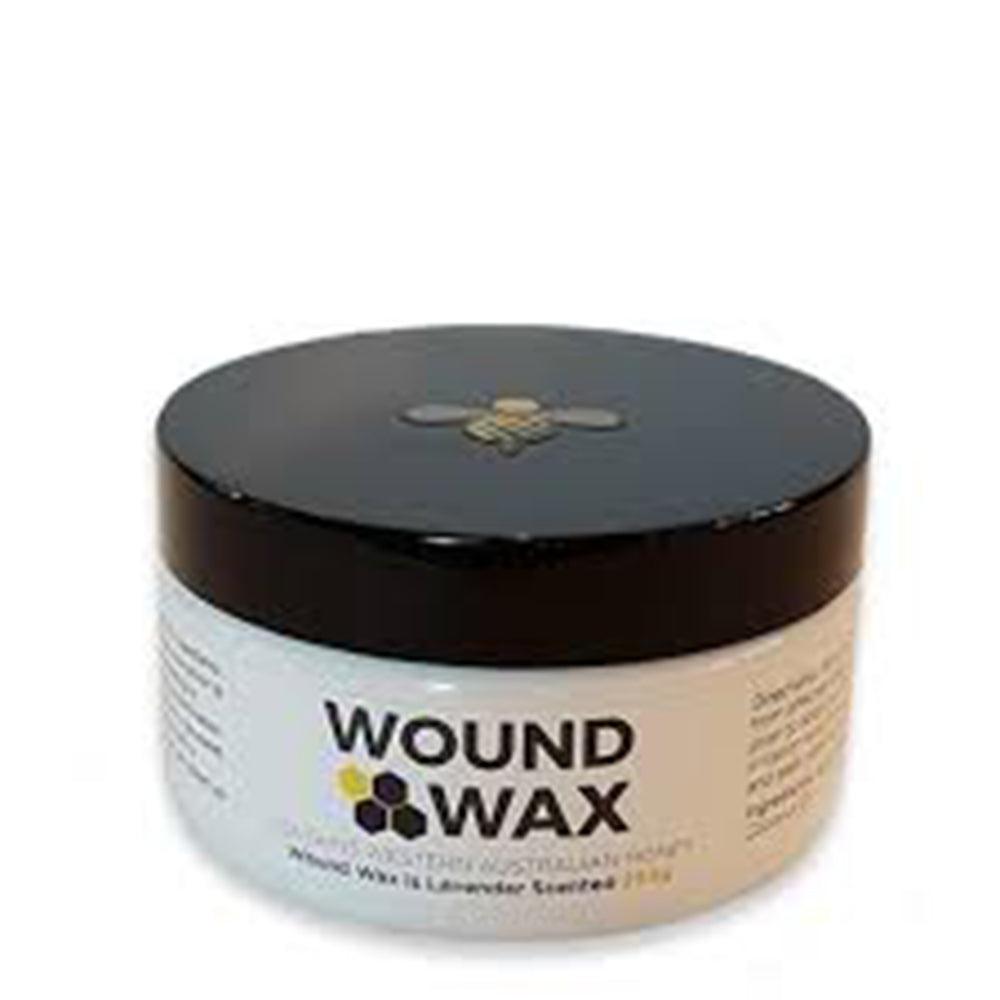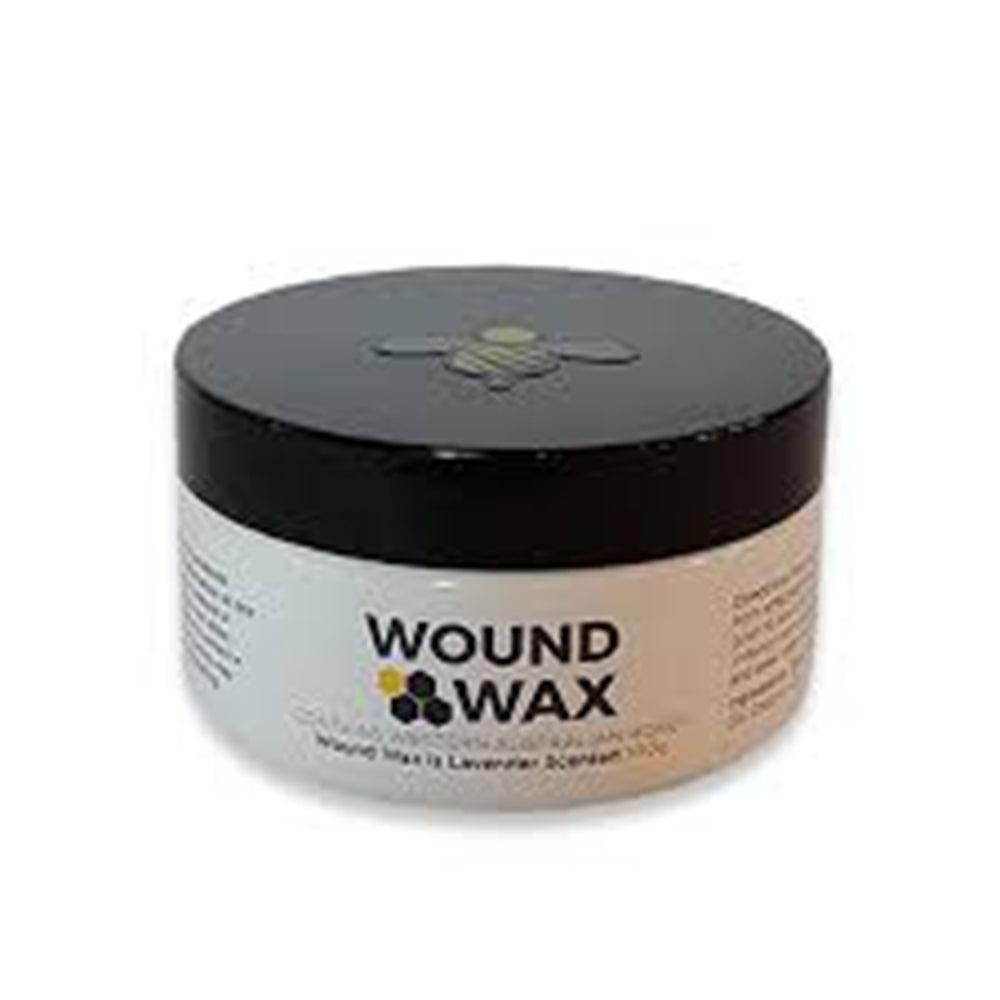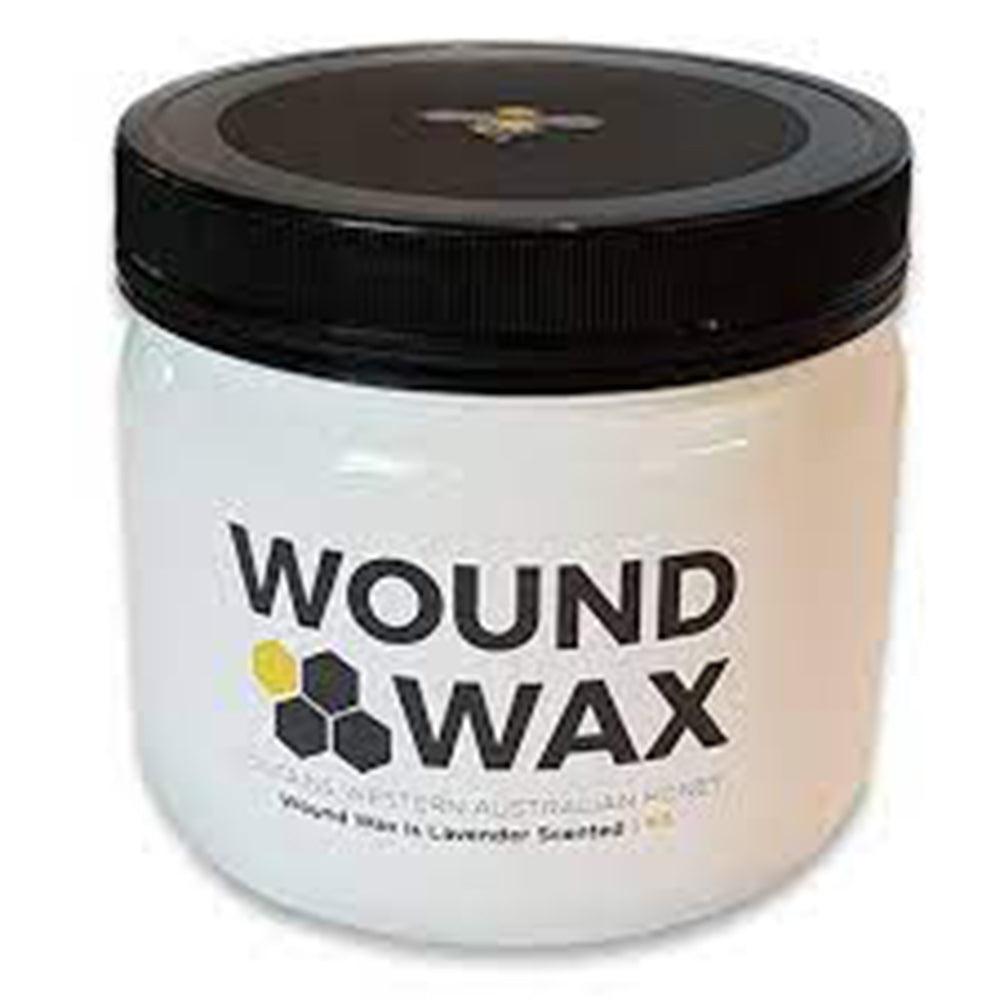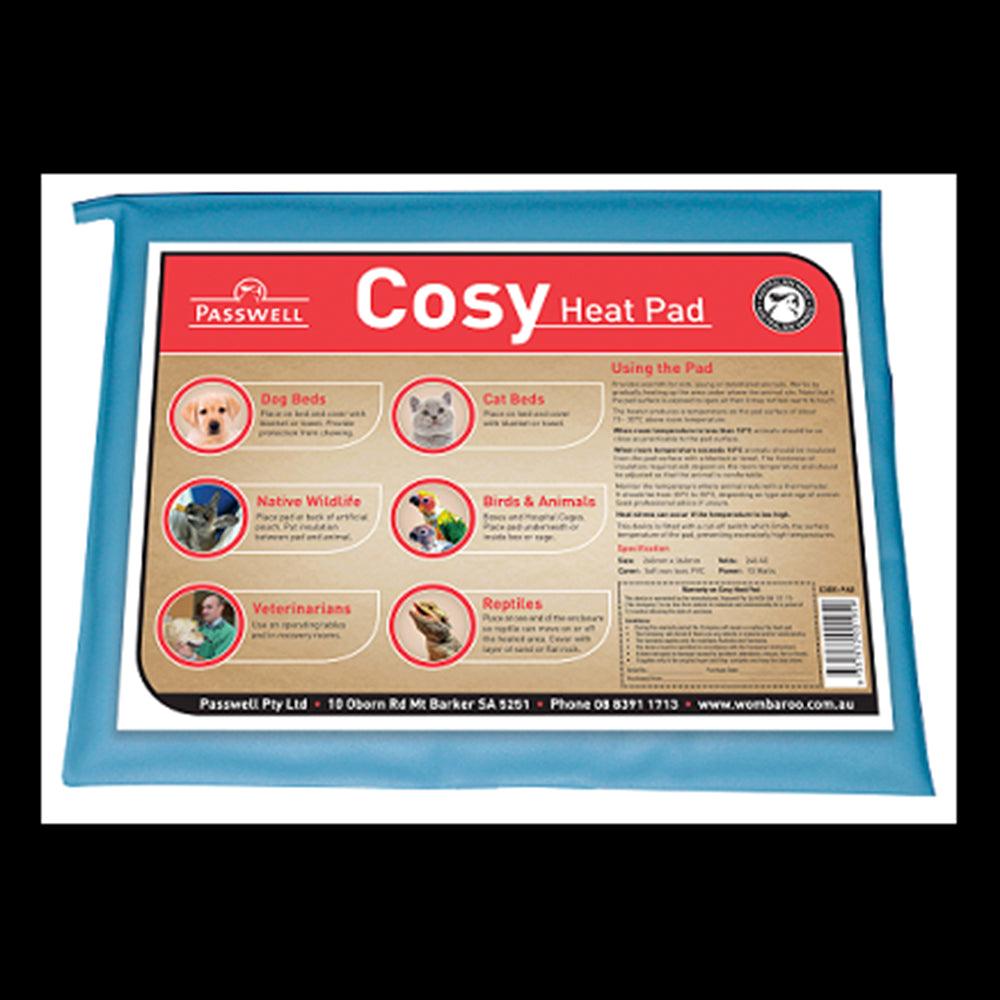
Dog Flea, Tick And Worm and Medicinal Treatment
646 products
Showing 1 - 24 of 646 products
Dog Flea, Tick and Worm Treatment
Hanging out with our four-legged friends is not only fun, but it can also lead to all sorts of health benefits. Not only do you gain a new best friend to keep you company, but you will also experience less stress, a more active lifestyle, reduced loneliness and depression, and an improved social life. Not to mention all the amazing cuddles that come with it!
With so many benefits that come with owning a pet, it's much easier to overlook some of the challenges that come with it. Dealing with issues like fleas, ticks and worms is a small price to pay for a lifetime of love - don't you think? We certainly do!
Plus, we all the fabulous treatments for dogs that are on the market these days, it is easier than ever to get rid of fleas, ticks and more. We have made it even easier for you by sourcing the best range of dog flea and tick treatments and worming tablets available.
You can go straight to checking out our range <here>. Or, read on for a quick snapshot of the pests and parasites that can be annoying or downright dangerous for your dog, and the best ways to treat them.
Flea Treatment
Fleas on dogs. It's an age-old problem but one you want to avoid or get rid of quickly. A few fleas can rapidly become a major infestation and can cause significant itching and irritation for both dogs and humans. But what exactly are fleas? These tiny insects are wingless, but they do possess an incredible jump. This is how fleas can get from ground level onto your pet when they are out and about.
Fleas are parasites. They want to live on your pet and eat them. The flea life cycle means they are well-designed to live and survive, which is the last thing we want for our dogs. There are four stages in the flea life cycle:
- Eggs: they can lay up to 20 eggs at one time. Your pet can become a breeding ground for them. Many of these eggs will thankfully roll off your pet's body.
- Larva: the eggs hatch in about a week and enter larva stag. They feed on dead skin.
- Pupa: this is where they weave a silken cocoon and lay dormant until they can smell a host. They can stay like this for several months.
- Adults: this is the final stage. Their life is focused on feeding and reproducing. Their life span can be a few weeks to several months.
The head of a flea is surrounded by sharp spikes, which they use to pierce through your dog's skin and suck out their blood. This is why you need to find the best treatments for dogs to get rid of the fleas. Removing adult fleas from your pet is the easiest, but removing the eggs can prove much more difficult. This is why you need to find a product that works, while also thoroughly cleaning and treating your pet.
Signs of Fleas
It can be quite difficult to spot whether or not your dog has fleas. They are so small (1/8 of an inch in size), which makes them very difficult to see. Fleas aren't comfortable at all and they do itch. Your dog is likely to notice them straight away as they bite down to feed off their blood. That's why it's important to pay close attention to your dog's behaviour. This is the best way to spot if if there is a flea or tick on them. Your dog may also be missing areas of fur and have some redness underneath.
If your dog is constantly scratching - especially around their ears and tail - then it could be a sign they have fleas. To find out for sure, grab a fine-toothed comb and pull it through your pet's fur. You want to do this as slowly as possible, thoroughly checking for small brown shapes moving within. If you don't spot a flea, you may see their droppings, which looking like specks of dirt on their back.
You may even notice flea bites on yourself. They come up as small bumps (smaller than mosquito bits), often with a red halo around the centre of the bite. It's most common to discover these around your legs, ankles or armpits.
Once you discover your dog has fleas, you need to get on top of treatment straight away.
Tick Treatment
Similarly to the flea, ticks are tiny little parasites that bite your dog to drink their blood. Although dog ticks are quite tiny, they can swell up to about the size of a pea once they have attached themselves to your pet. There are three main types of ticks:
- The brown cattle tick
- Bush tick
- Paralysis tick
All of these ticks look very similar, however the paralysis ticks are the most dangerous to affect your dog. The deadly paralysis tick is found along Australia’s east coast and is especially prevalent around bushland. If you live in these areas, investing in quality tick prevention medication is essential. One tick, as small as a pinhead can secrete enough toxins into your dog to cause respiratory or heart failure if undetected and untreated for long enough.
What are the signs of Paralysis Ticks?
Paralysis ticks start off by attaching themselves to your pet and sucking their blood, before they then inject toxin that will make your pet very ill. Here are some of the signs that your dog has a paralysis tick:
- They are wobbly on their feet and slightly uncoordinated.
- Change in their bark.
- Difficulty in breathing, with more panting or grunting.
- Retching, coughing or vomiting.
The symptoms of a tick begins about 48 to 72 hours after it has attached to your pet. In some cases, it can take up to a week for these symptoms to start.
If you find your dog has a tick, it's important not to squeeze it. You can grab yourself tick tweezers, or use long fingernails to remove it. If you're not sure the correct way to do this, then it's best to leave it for the vet. You want to make sure you search your pet thoroughly to determine if there are any more ticks present.
Tick treatment is aimed at preventing a tick in the first place. Using tick preventative treatments you can help ensure your dog remains tick free. There are a number of different treatment options out there and you can even get a combination product for fleas, ticks and more.
Worm Treatment
The idea of our dog having worms isn't a pleasant one. But the fact is, all dogs will probably pick up intestinal worms at some point in their life, for example by sniffing, digging, or playing in contaminated grass and soil or eating scavenged items. Most intestinal worms often go unnoticed, but if left untreated, dogs can become seriously ill, and you can become infected too. It's important to understand the risks, symptoms and treatment options for worms in dogs.
Intestinal worms, much like a flea, tick or other parasite, infects your dog, but this time in their intestines. They can be picked up in a variety of different ways, which is why they are so common in dogs. This can include:
- Through their mother's milk: is their mother is infected, she will pass it on.
- From worm eggs or larvae in soil: if your dog is sniffing or playing with a toy that is contaminated, they can get infected.
- If your dog hunts or eats an animal that has been affected by worms it can be passed on.
They feed of their blood or other food in the intestine. There are five main types your dog might pick up:
- Roundworms
- Hookworms
- Tapeworms
- Whipworm
- Heatworm
Heartworm disease is a serious disease that results in severe lung disease, heart failure, other organ damage, and death in dogs. It is caused by a parasitic worm that is spread through the bite of a mosquito.
Does my dog have worms?
There are many different signs that your dog is suffering from intestinal worms and needs worming treatments. But it's important to note that some dogs can show no symptoms at all:
- Scooting on their bottom
- Worms visible in their faeces
- Blood visible in their faeces
- Lethargy
- Coughing
- Dehydration
Heartworm disease is a slow onset disease, which means it can take months, or even years, before any signs show up. By the time any signs do show up, your dog could already be very ill. Some of the earliest signs that something is wrong include:
- Shortness of breath
- Loss of stamina
- Dry cough
As the disease progresses, your dog will have more trouble breathing and even swallowing. In order to diagnose heartworm, you need to have your pet tested at the vet. While heartworm can be treated, once again prevention is much better than worming treatments. Prevention can begin at just six weeks of age and can even be combined with flea treatment.
Equipping yourself with the knowledge
When it comes to flea, tick and worming, knowledge really is power - and as a responsible pet owner you should be aware about fleas, ticks and worms and how you can both prevent and treat them in your pet. Parasite treatment can be effective, but prevention is far better.
If you are ever unsure about whether you have the right prevention method for your pet, then it's important to have a conversation with your vet. Likewise, if you ever notice any symptoms of a dog flea, tick or worm, then make sure you get on top of it straight away. If your pet is seriously ill then take them to the vet to get checked out. It is always better to be safe than sorry.
WHICH PRODUCT IS RIGHT FOR YOUR DOG?
There are plenty of different treatments and preventatives out there when it comes to keeping your pet safe and well. Fleas, ticks and worms can all lead to serious issues in your pet, which is why you need to treat them seriously. We stock a range of the best flea and tick treatments, so you can make the right decision for your dog.
Our range includes:
- Topical preventives – usually applied to the skin, in one spot on the back of the neck, once a month. These are great if your dog hates tablets and can provide one of the best preventative formulas against ticks. But these ‘spot-on’ treatments require a little skill to apply (just squirting the dose on the outer layer of fur won’t work) and they also won't work if your dog gets wet up to 48 hours afterwards.
- Oral flea and tick prevention pills and worming tablets – can come in either pill format or as easy to use chewable. Give these to your dog by mouth to kill fleas, prevent ticks, and to control and prevent a broad spectrum of worms in your dog, including heartworm, roundworm, and hookworm.
There is currently no single product that covers absolutely every significant Australian parasite. Nexgard Spectra is the closest and covers for ticks, fleas, heartworms, and intestinal worms. The only major parasite it doesn't cover is the hydatid tapeworm.
We have flea and tick prevention products to suit a whole range of schedules, including brands that only need to be given every 3 or 4 months or monthly treatments if this is easier to remember.
Others ways to protect your dog
The best way to protect your dog is with preventative treatments. It can also help to take your dog for regular exams at the vet. The vet knows exactly what they are looking for and can pick up a problem before your dog exhibits any signs. This can help you get on top of things as quickly as possible.
It can also help to do a little research about the common parasites in your area. This can help you stay on top of what to look out for in your pet.
Remember, pets are wonderful and offer so many benefits! While fleas, ticks and worms can be a challenge - it's one that is well worth it.

